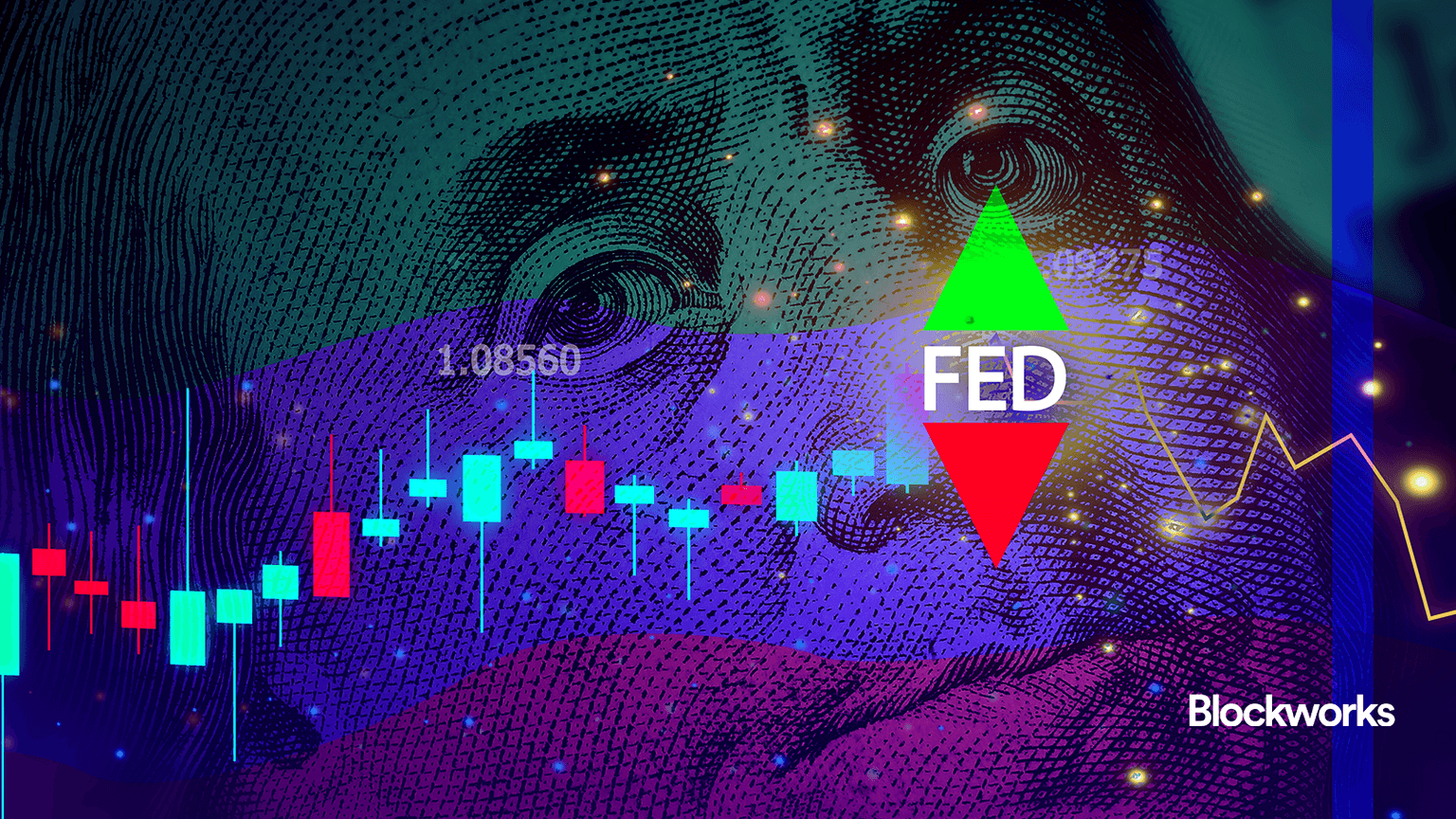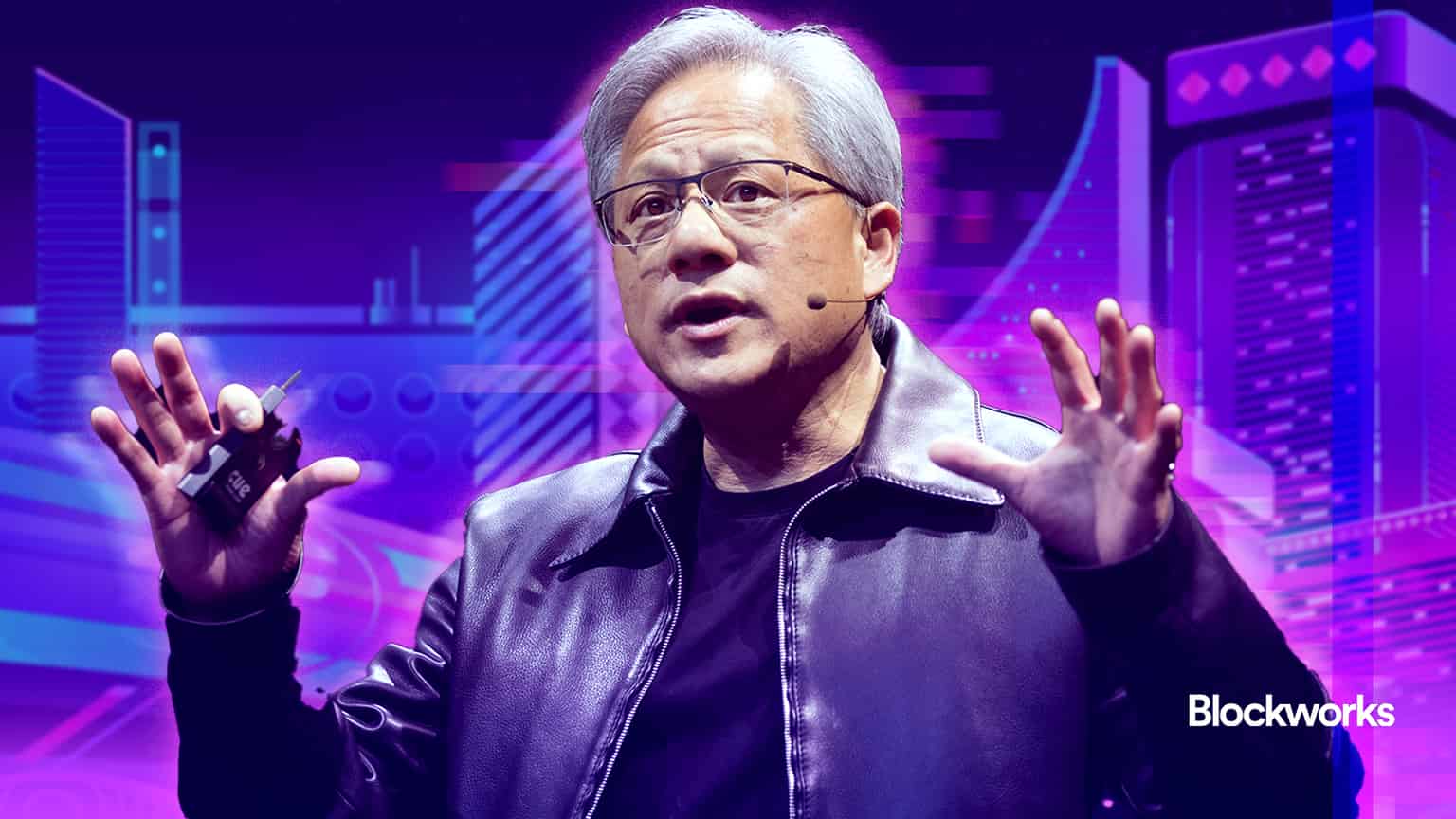Transfer Your Ethereum NFTs to Bitcoin With New Token Standard
Users can send their favorite digital collectibles straight to Bitcoin from Ethereum by initiating a bridging contract acting as a single on-chain inscription request

Immersion Imagery/Shutterstock modified by Blockworks
Bitcoin Ordinals have received fresh utility with the introduction of a new token standard aimed at facilitating the migration of Ethereum-based NFTs onto Bitcoin.
Dubbed BRC-721E, the new standard permits the transformation of Ethereum’s ERC-721 NFTs into Ordinals — which allow for text, images and code to be “inscribed” on a single satoshi.
In other words, users can send their favorite digital collectibles straight to Bitcoin from Ethereum by initiating a bridging contract acting as a single on-chain inscription request.
BRC-721E is a collaboration between NFT collection Milady Maker and Ordinals Market — a marketplace dedicated to the buying and selling of Ordinals.
The process involves transferring a user’s NFT to a burn address, effectively rendering their NFT unusable on Ethereum thereafter. Once burned, users can inscribe valid BRC-721E data onto Bitcoin.
The burn process prompts an on-chain inscription request where Ethereum transaction data is then parsed to find and record any uninscribed burns, according to the marketplace’s webpage.
After a successful burn and inscription, the migrated NFT appears on the Ordinals Market collection page with its accompanying metadata.
While the BRC-721E standard does not initially store metadata directly on the Bitcoin network, it does have the capacity for this to change and evolve over time, the creators said.
Still, the point regarding the NFTs provenance is an important one. As such, Milady Maker and Ordinals Market offer solutions while the protocol adapts.
According to the creators that involves either:
- Preserving a less detailed version of the image directly on the blockchain, and incorporating a link to the original Ethereum token within the primary image data
- Employing a combined structure of BRC-721 and BRC-721E to provide on-chain information, complete with evidence of the asset’s ‘burning’ or transfer process
- Preserving data with multiple components directly on the blockchain, where one of these components is a valid BRC-721E JSON format data
- Leveraging established methods like ‘teleburn’, which requires users to record information beforehand and direct it to an unconventional ‘burn’ address
In other words, these strategies suggest ways to embed lower-quality images and key information about digital items on Bitcoin’s public ledger, attempting to shore up their accessibility and visibility while preserving a link to their original details.
BRC-721E’s execution follows the launch of the Ordinal Inscriptions protocol on Jan. 21, amid fanfare, that sought to introduce digital art use cases for the first time to the aging Bitcoin network.
The approach has been well-received so far. Earlier this month, the Bitcoin network hit a record by processing the highest number of transactions in a single day, largely due to Ordinals.
Others still are attempting to emulate that success across different blockchains.
Last week, the Interchain Foundation in collaboration with blockchain development company Bianjie introduced the ICS-721 NFT token standard on Cosmos. The hope is that the application will enhance interoperability across chains without the need for a bridge.
Get the news in your inbox. Explore Blockworks newsletters:
- The Breakdown: Decoding crypto and the markets. Daily.
- 0xResearch: Alpha in your inbox. Think like an analyst.






